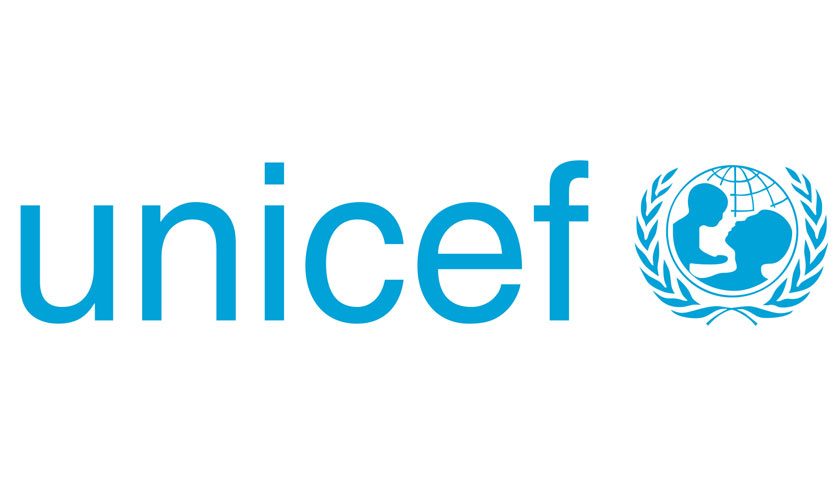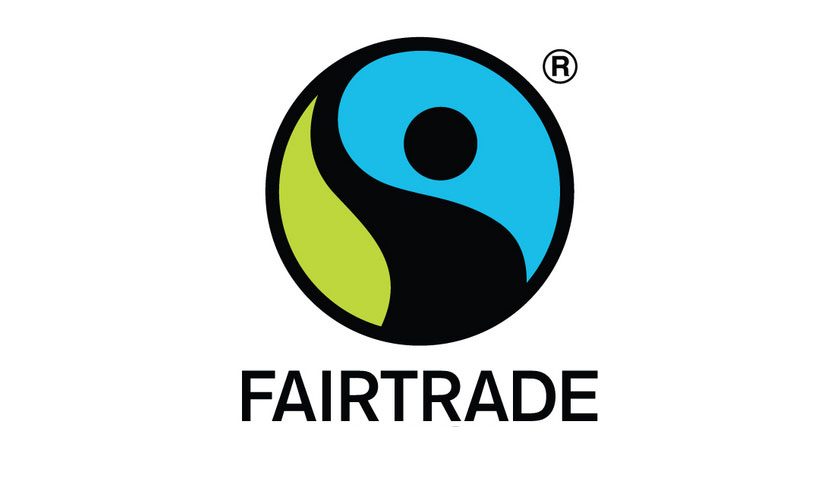The Building Research Establishment (BRE), The Green Building Council of Australia (GBCA), mindful MATERIALS, the International Living Future Institute (ILFI), the International WELL Building Institute (IWBI) and the U.S. Green Building Council (USGBC) have today announced a new international partnership to create consistency across rating systems including BREEAM, Green Star, LEED, Living Building Challenge and WELL.
Construction is responsible for more than half of the world’s raw materials extraction. Yet the tools and frameworks used to measure the impacts of building products often differ, creating confusion and duplication for manufacturers, designers and building owners. Additionally, with the emergence of more stringent sustainability reporting requirements being driven by frameworks such as the Taskforce for Climate- and Nature-related Financial Disclosures and other international standards guiding sustainability, it is vital that reporting metrics align to enable benchmarking and measurement.
This partnership will cut through the complexity by creating a shared language and approach for materials assessment.
The aim is to provide a common language, align data and metrics, and establish global targets for climate, nature and circularity.
Once these objectives are achieved:
- Manufacturers will be able to prioritise sustainable products and report data in a more streamlined way.
- Specifiers will have clearer access to verified claims and be better able to compare product information.
- Building owners will be better placed to meet sustainability commitments and future-proof their assets by aligning with global standards.
“This partnership will support the global supply chain and make it easier for building projects everywhere to choose materials that drive better outcomes for people and the planet.”
Jane Goddard, Deputy Chief Executive of BRE, said the collaboration is essential to building trust and consistency in the market.
“Our collective goal is to simplify how sustainability data is defined and recognised,” Ms Goddard said.
“This will cut the cost of compliance, scale up the availability of better products, and make it simpler to deliver world-class sustainable buildings.”
GBCA CEO, Davina Rooney said materials are one of the biggest levers we have to tackle the climate and nature crises.
“By working together, we can give industry the clarity it needs, reduce duplication, and accelerate a global shift to healthier, lower-carbon, circular materials,” Ms Rooney said.
Sarah Zaleski, Chief Products Officer, said alignment across major rating tools will deliver immediate benefits for manufacturers and project teams.
“Industry needs a clear and consistent signal on what good performance looks like,” Ms. Zaleski said.
Rachel Hodgdon, President and CEO of IWBI, said that the initiative is not only about environmental issues but also social and health-related ones as well.
“Creating a unified approach to materials assessment that puts human health at the center of decision making will accelerate the adoption of healthier, more sustainable products all around the world,” said Hodgdon.
Annie Bevan, President of mindful MATERIALS, said the initiative builds on existing industry work.
“The Common Materials Framework provides the backbone for harmonisation, and this partnership ensures it can be scaled globally through leading rating tools,” Ms Bevan said. The building industry has long faced a tangle of inconsistent sustainability criteria. By uniting around a common language and shared framework, we’re removing barriers for manufacturers and project teams—making it easier to choose better materials and accelerate progress toward a healthier, more sustainable built environment.”
Lindsay Baker, Chief Executive Officer of ILFI, said the partnership represents a powerful opportunity for global alignment.
“The global impact of the supply chain of the building industry is staggering, impactful, and therefore we collectively have a huge lever for positive change. By aligning international guidance on healthy and sustainable materials specifications, we can send a clear message to our global supply chains that buildings must be built with materials that are fundamentally good for people and the planet,” Ms Baker said.
The first deliverable will be a call to action, outlining the goals of the partnership in greater detail and raising an awareness of the importance of aligned goals. A principles and metrics paper is planned for 2026, setting out the roadmap for alignment. Further work will follow to integrate the shared approach across rating tools and provide clear guidance for industry, the aim of core criteria for industry to work to, sensitive to regional needs.
“International consistency on materials has been the missing piece in the global climate response,” Ms Rooney said.
“This partnership fills that gap and sets us up to achieve climate-positive outcomes faster, together.”



